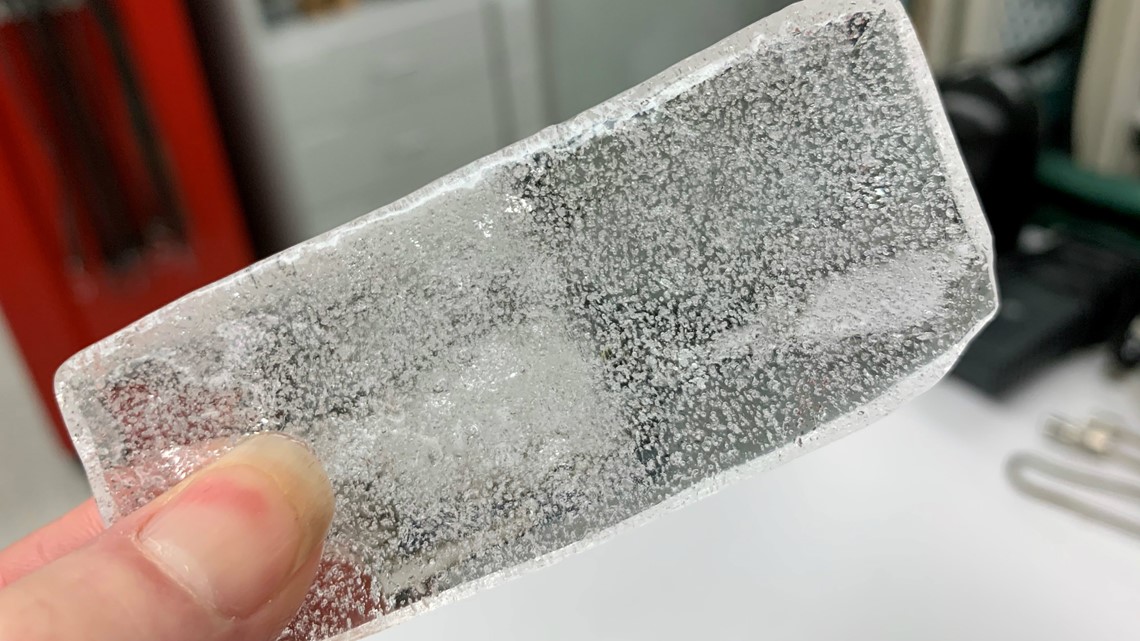CORVALLIS, Ore. — Scientists believe they now have the evidence that proves cutting down on human-caused greenhouse gas emissions will make a big difference in slowing climate change.
It answers a question scientists have been asking for a long time: Where exactly is the methane that's in our atmosphere coming from?
Methane is a very powerful greenhouse gas, the second most important greenhouse gas behind carbon dioxide. That's a big concern considering methane emissions have increased by about 150% over the last 300 years, since the Industrial Revolution.
But scientists never really knew where those emissions were coming from. How much was from sources like landfills or livestock and how much from the fossil fuel industry?
Oregon State University researcher Christo Buizert was part of a team that traveled to the center of the Greenland ice sheet to find the answers to those questions. They drilled ice core samples. They then analyzed the air bubbles in those samples comparing the air from before we started extracting and using fossil fuels to after.
The researchers found no evidence of human-caused methane in the atmosphere pre-Industrial Revolution.


"All the fossil methane is because of humans contributions, such as fossil fuel and heating our homes and things like that," explained Buizert.
Their research found that the fossil fuel industry emits up to 40% more methane than previously thought.
Since methane lasts only about nine years in our atmosphere in comparison to the thousands of years carbon dioxide lasts, the scientists concluded that cutting down on human-caused methane emissions could make a big difference in slowing climate change.
"By reducing methane you simply get more bang for your buck," said Buizert. "What happens is that methane is a more powerful gas than CO-2 and so by reducing methane we get a more immediate result."

